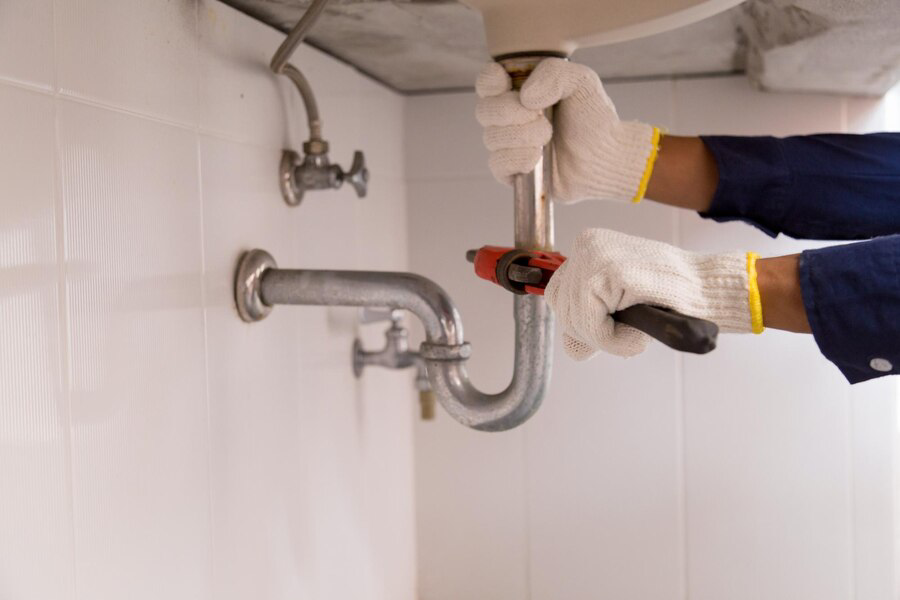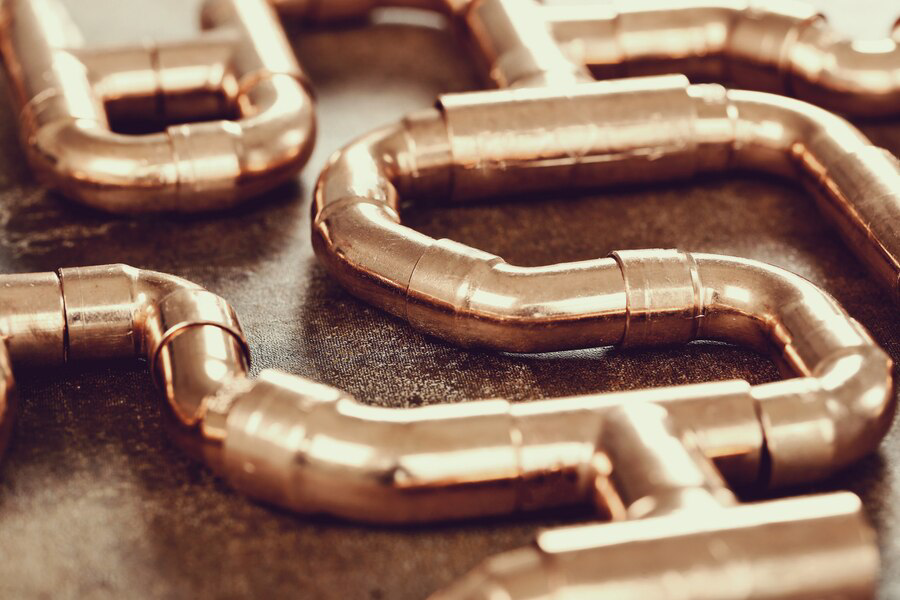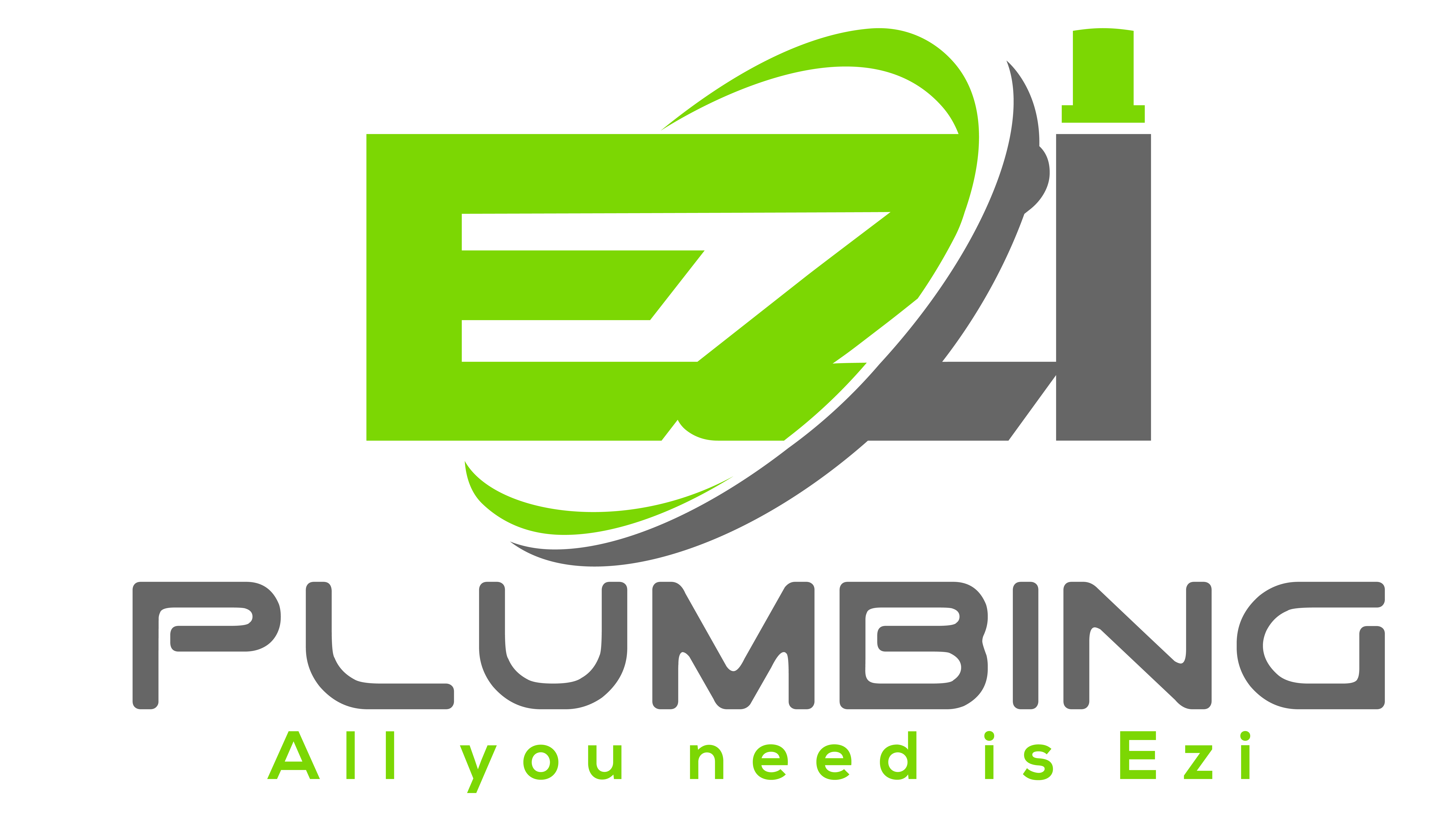Plumbing emergencies can strike unexpectedly, leaving homeowners feeling overwhelmed and uncertain about how to proceed. From burst pipes to overflowing toilets, these situations require immediate attention to prevent costly damage to your home. Understanding the different types of plumbing emergencies is crucial for homeowners to effectively respond and mitigate potential disasters. Whether you’re faced with a sudden flood or a stubborn clog, knowing how to identify and address these issues can make all the difference in safeguarding your property and restoring peace of mind. In this blog post, we’ll explore the various types of plumbing emergencies, from the common to the less-known, equipping you with the knowledge and strategies needed to handle them efficiently. So, let’s dive in and empower ourselves to tackle plumbing emergencies head-on, ensuring our homes remain safe and functional in the face of unforeseen challenges.
Water Damage Prevention: Safeguarding Your Home Against Plumbing Emergencies
Water damage can wreak havoc on your home, causing extensive destruction to your property and belongings. Whether it’s a burst pipe, a leaking appliance, or a sewage backup, plumbing emergencies can lead to costly repairs and pose health risks to you and your family. However, with proactive measures and awareness, you can significantly reduce the risk of water damage in your home. Here’s how:

- Regular Inspections: Conduct routine inspections of your plumbing system to identify any signs of wear and tear before they escalate into major issues. Check for leaks, corrosion, and loose connections in pipes, faucets, and appliances such as dishwashers and washing machines.
- Maintain Proper Drainage: Ensure that your gutters and downspouts are clear of debris to prevent water from pooling around your home’s foundation. Proper drainage away from the foundation can prevent basement flooding and water seepage into your home.
- Insulate Pipes: In colder climates, insulate exposed pipes to protect them from freezing during winter months. Frozen pipes can burst and cause extensive water damage when they thaw. Insulation sleeves or wrapping can help prevent this issue.
- Address Leaks Promptly: Don’t ignore even minor leaks, as they can indicate underlying issues that may worsen over time. Repair leaking faucets, toilets, and pipes as soon as they are detected to prevent water damage and save on water bills.
- Install Leak Detection Devices: Consider installing leak detection devices in key areas of your home, such as near water heaters, washing machines, and under sinks. These devices can alert you to potential leaks before they escalate into major emergencies.
Burst Pipes: Act Fast to Minimize Damage
A burst pipe is every homeowner’s nightmare, capable of causing significant water damage within minutes. Whether due to freezing temperatures, corrosion, or excessive water pressure, a burst pipe demands immediate attention to prevent costly repairs and minimize disruption to your home. Here’s what you need to know to act swiftly and effectively in the event of a burst pipe emergency:
Identify the Problem
Recognizing the signs of a burst pipe is critical in mitigating potential damage. A sudden loss of water pressure, often accompanied by an abrupt decrease in water flow, is a clear indication that a pipe may have burst. Additionally, water stains on walls or ceilings, particularly if they appear discolored or swollen, can signal underlying water leakage. Unusual sounds emanating from pipes, such as banging or hissing noises, may also indicate a pipe under stress or ruptured. Visible water pooling in areas where it shouldn’t be, like under sinks or behind appliances, is a definitive sign of a leak. Swiftly identifying these signs allows homeowners to take prompt action, minimizing the extent of damage and facilitating timely repairs.
Shut Off the Water
Locating and promptly shutting off the main water valve in your home is paramount to mitigating potential water damage and flooding in the event of a burst pipe. Typically situated near the water meter or where the main water line enters the house, this valve enables homeowners to swiftly cut off the water supply to the entire property. By immediately halting the flow of water, further inundation can be prevented, allowing for a more controlled environment in which to assess the situation and plan necessary repairs. This quick action not only limits property damage but also minimizes potential safety hazards associated with flooding, such as electrical risks or structural weakening.

Open Faucets
Once the main water supply is shut off, it’s essential to open all faucets throughout the house to relieve pressure in the plumbing system. By doing so, any remaining water within the pipes can drain out, reducing the risk of additional leakage from the burst pipe and minimizing further damage. This step is crucial in safeguarding the property from potential flooding and water-related issues. Additionally, draining the pipes helps alleviate pressure on the plumbing system, which can prevent further stress on compromised pipes and fittings, ultimately aiding in the repair process.
Contain the Water
Utilizing towels, buckets, or a wet/dry vacuum to promptly remove standing water from affected areas is crucial in mitigating the aftermath of a burst pipe. This immediate action helps prevent prolonged exposure to moisture, which can lead to mold growth and structural deterioration within the home. By efficiently drying out water-damaged areas, homeowners can significantly reduce the risk of further damage while creating a more conducive environment for subsequent restoration efforts. Additionally, expediting the drying process aids in preserving the integrity of building materials, minimizing the need for extensive repairs and reducing associated costs. Time is of the essence in such situations, and swift water removal is key to limiting the long-term impacts of the incident.
Assess the Damage
After ensuring the immediate threat of flooding is under control, it’s imperative to conduct a thorough inspection to assess the full extent of the damage resulting from the burst pipe. This entails meticulously examining walls, floors, ceilings, and belongings for any signs of water damage. Paying close attention to details is crucial, as even seemingly minor damages can escalate if left unaddressed. Documenting the damage extensively, preferably with photographs and written descriptions, is essential for insurance claims, providing clear evidence of the extent of the loss incurred. Additionally, this documentation serves as a valuable reference point for restoration efforts, aiding in the comprehensive restoration of the affected areas and possessions.
Conclusion
Gaining a comprehensive understanding of the diverse range of plumbing emergencies is crucial for both homeowners and professionals alike. With the services provided by EZI Plumbing in Chain Valley Bay, NSW, Australia, individuals can address issues promptly and effectively, safeguarding their properties from potential damage and ensuring the smooth functioning of their plumbing systems. By recognizing the various types of emergencies outlined, residents can better prepare themselves to mitigate risks, minimize disruptions, and seek timely assistance when needed. With EZI Plumbing’s contact information readily available, residents can rest assured knowing they have a reliable resource to turn to in times of crisis, enhancing their peace of mind and overall well-being.

